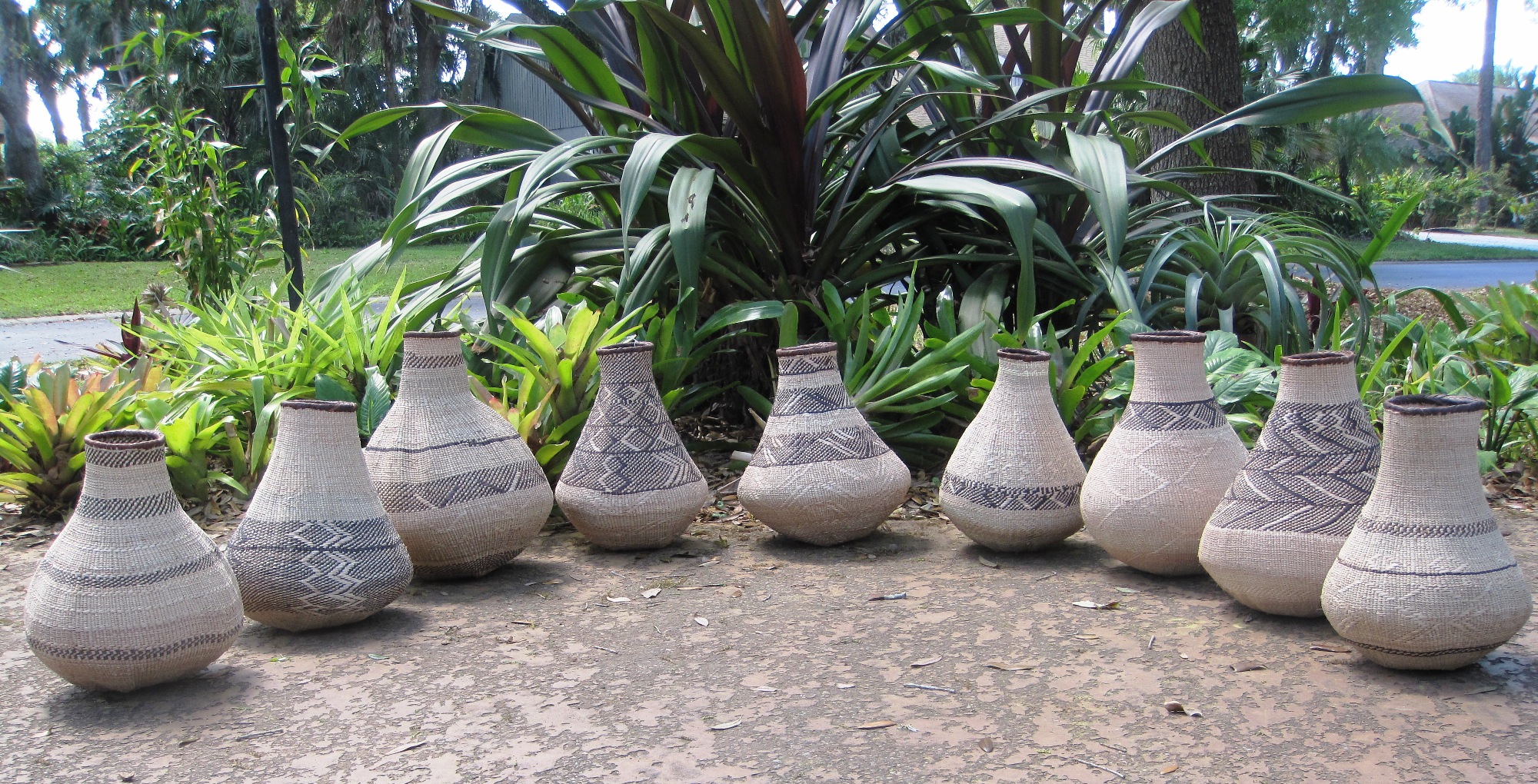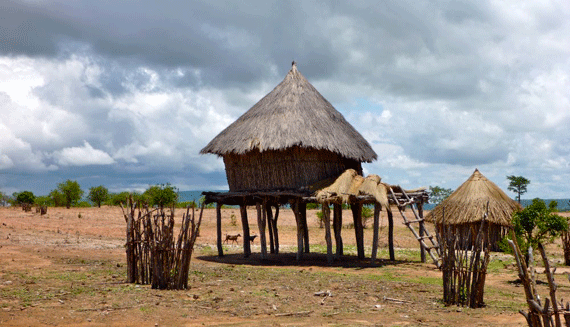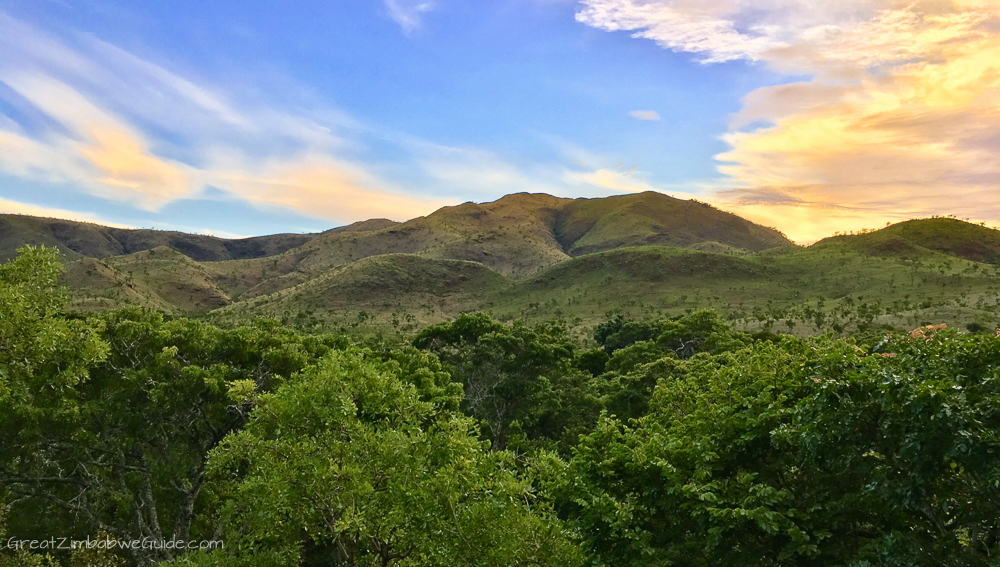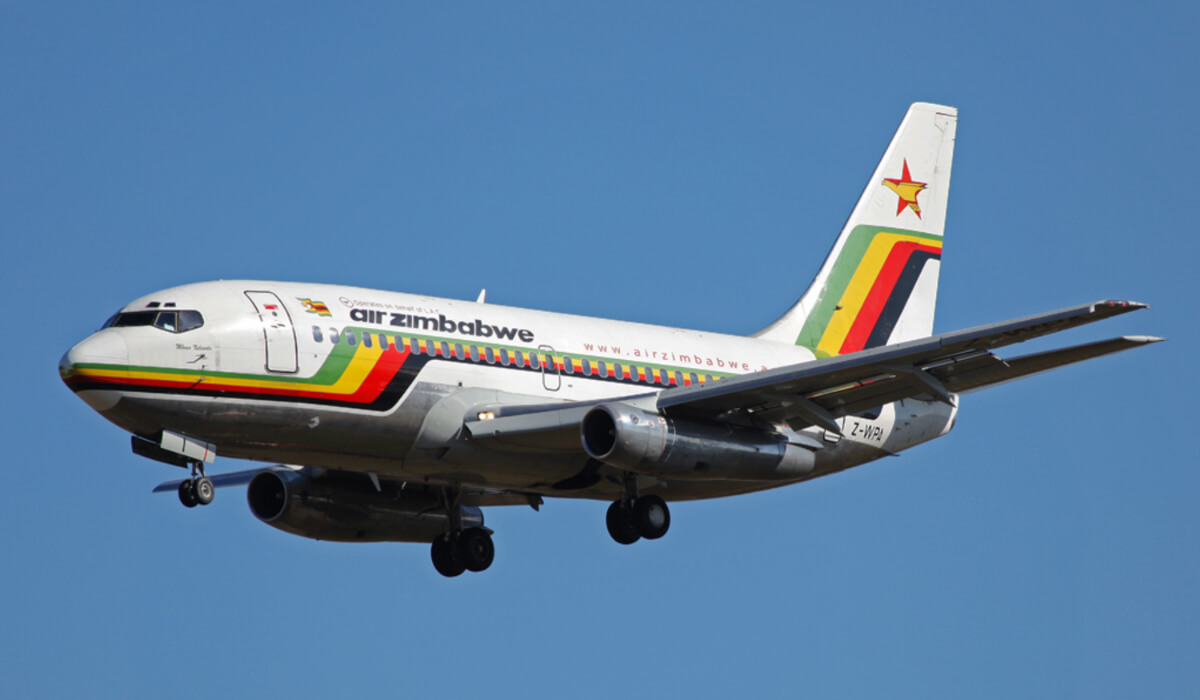Binga is a district situated on the southeastern shore of Lake Kariba in the province of Matabeleland North, Zimbabwe.
Established when the BaTonga people’s homelands were flooded during the creation of Lake Kariba, Binga has evolved into a fishing, boating, and cultural centre on the western end of the lake’s southern shore.
This comprehensive biography provides insights into the history, culture, and notable features of Binga.
ALSO READ: https://zimprofiles.com/bikita-s-cultural-mosaic-history-heritage-and-rural-development/
Name Origin
The name Binga can have several origins, depending on the context:
As a place name:
- Binga is a district in the northwestern part of Zimbabwe, located on the shores of Lake Kariba. The name is believed to be derived from the Binga people, an indigenous group who inhabited the area before the arrival of European settlers.
- Binga is also a village within the Binga District, and it is the administrative centre of the district.
- There are also places named Binga in Mali and the Democratic Republic of the Congo.
As a surname:
- The surname Binga is most commonly found in the United States, and it is believed to be of Native American origin. The exact meaning of the name is unknown, but it is thought to be a name for a place or a clan.
- The surname Binga can also be found in other countries, such as Australia and South Africa. In these cases, the name was likely adopted by people who immigrated from the United States.
As a given name:
- Binga is a relatively rare given name, but it is used in some cultures. The meaning of the name depends on the culture, but it is generally associated with positive qualities such as strength, intelligence, and good luck.
A Brief History

Get To Know Binga. picture credit to ihararejobsblog
The name “Binga” carries a rich and multifaceted history, echoing through the lives of the indigenous Batonga people, the displacement caused by progress, and the ongoing journey of cultural preservation. Here’s a glimpse into Binga’s past:
Early Inhabitants:
- Archaeological evidence suggests human presence in the Binga area dating back thousands of years.
- The Batonga people, with their matrilineal society and deep connection to the Zambezi River, established their communities along the riverbanks centuries ago.
- In the 1950s, the construction of the Kariba Dam hailed as an engineering marvel, had a devastating impact on the Batonga way of life.
- Their ancestral lands were submerged, displacing over 40,000 people and disrupting their social fabric, fishing practices, and cultural heritage.
Rebuilding and Adaptation:
- The displaced Batonga communities were resettled in Binga, a town purpose-built on higher ground near Lake Kariba.
- Despite the challenges, the Batonga people displayed remarkable resilience, adapting to their new environment and rebuilding their lives.
- Fishing remains a crucial livelihood, with women playing a prominent role in this activity.
Cultural Revival:
- Today, Binga is a vibrant town known for its cultural richness and natural beauty.
- The BaTonga Museum showcases the history and traditions of the Batonga people, serving as a repository of their cultural heritage.
- Initiatives like the Binga Women in Tourism project empower women and celebrate their contributions to the community.
Challenges and Hope:
- Binga continues to face challenges like poverty, limited infrastructure, and the impact of climate change on Lake Kariba’s water levels.
- However, the spirit of the Batonga people remains strong, evident in their ongoing efforts to preserve their culture, promote sustainable development, and build a brighter future for their community.
Binga’s story is one of resilience, adaptation, and the enduring spirit of a community cherishing its roots while embracing change. As Binga continues to evolve, its rich history serves as a reminder of the importance of cultural preservation and community-driven development.
ALSO READ: https://zimprofiles.com/chegutu-unveiling-the-rich-tapestry-of-zimbabwean-heritage/
Geographical Location
To be most precise, Binga doesn’t have just one geographical location as it refers to both a district and a town within that district. Here’s a breakdown:
Binga District:
- Country: Zimbabwe
- Province: Matabeleland North
- Area: Approximately 6,659 square kilometres (2,571 sq mi)
- Not defined by specific coordinates: Due to its size, the district cannot be pinpointed with a single coordinate. However, its general location can be described as the northwestern part of Zimbabwe, bordering Zambia and Lake Kariba.
Binga Town:
- Country: Zimbabwe
- Province: Matabeleland North
- District: Binga
- Coordinates: 17°59’21.4″S 27°28’22.8″E (approximate)
- Description: Located on the southwestern shore of Lake Kariba, close to the border with Zambia.
here is the geographical location of Binga, Zimbabwe:
- Coordinates: 17°59’21.4″S 27°28’22.8″E (approximate)
- Description: Binga is a town in the northwestern part of Zimbabwe, located on the shores of Lake Kariba. It is the administrative centre of the Binga District.
It’s important to choose the level of detail that best suits your needs. If you want to know the general area of the Binga district, mentioning its location within Zimbabwe is sufficient.
Culture Around

Picture credit to ihararejobs.com/blog
Binga, and the wider Binga District, exude a vibrant and diverse culture deeply rooted in the traditions of the BaTonga people. Here’s a glimpse into the cultural tapestry woven in this Zimbabwean region:
Daily Life and Traditions:
- Matrilineal Society: Family lineage and inheritance pass through the mother’s line, with women holding significant social and economic power.
- Fishing: A dominant livelihood, traditionally practised by women using various techniques like basket traps and seine nets.
- Subsistence Farming: Millet, sorghum, and vegetables are grown, and supplemented by wild plants and animals.
- Craftwork: Skilled artisans create beautiful basketware, pottery, carvings, and beadwork, often depicting cultural symbols and stories.
Spiritual Beliefs and Practices:
- Ancestral Veneration: Reverence for ancestors plays a crucial role, with ceremonies and offerings seeking their guidance and blessings.
- Spirit Mediums: Individuals believed to communicate with spirits offer advice and insights in various life aspects.
- Traditional healers: Utilize herbs and rituals for healing, drawing upon both physical and spiritual realms.
Music and Dance:
- Ngoma Buntibe: Energetic drumming and dance ceremonies with deep cultural significance, often performed during special occasions.
- Mbira music: Distinctive fingerpicking melodies played on the mbira, a traditional instrument resembling a thumb piano.
- Singing and storytelling: Sharing oral traditions and myths through songs and narratives passed down through generations.
Challenges and Adaptations:
- Displacement: The construction of the Kariba Dam in the 1950s displaced many Batonga communities, impacting their traditional way of life.
- Modernization: Binga town experiences growing influences from modern Zimbabwean culture, prompting adaptations and cultural blending.
- Cultural preservation: Efforts are ongoing to document and transmit traditional knowledge, language, and practices to younger generations.
Experiencing Binga’s Culture:
- Binga Cultural Village: Offers immersive experiences in Batonga traditions, showcasing dances, crafts, and daily life routines.
- BaTonga Museum: Houses artefacts and exhibits relating to the history and culture of the Batonga people.
- Community-based tourism: Homestay programs and local guides provide authentic encounters with the Batonga way of life.
Remember: Culture is dynamic and constantly evolving. This overview provides a snapshot but doesn’t encompass the entirety of Binga’s diverse and rich cultural landscape.
ALSO READ: https://zimprofiles.com/exploring-gokwe-places-to-visit-culture-and-population-insights/
Schools in Binga
Binga, Zimbabwe, boasts a network of primary and secondary schools catering to students across the district. While some face challenges, many schools strive to provide quality education despite resource limitations. Here’s an overview:
Types of Schools:
- Primary Schools: Provide foundational education from Early Childhood Development (ECD) to Grade 7. Examples include Binga Primary School, Chisizya Primary School, and Chinego Primary School.
- Secondary Schools: Offer Ordinary Level (O-Level) and Advanced Level (A-Level) programs for students aged 13-19. Examples include Binga Secondary School, Lusulu High School, and Kabuba Secondary School.
Challenges and Efforts:
- Rural settings and resource limitations: Some schools lack adequate infrastructure, qualified teachers, and learning materials.
- Large class sizes: Overcrowding can hinder individualized attention and effective learning.
- Pass rates: While some schools boast impressive pass rates, others face lower performance, highlighting the need for support and improvement.
Initiatives and Improvements:
- Community involvement: Parents and community members contribute resources and volunteer to support schools.
- Government projects: Initiatives aim to improve infrastructure, provide teacher training, and enhance learning materials.
- NGO involvement: Organizations like “Citizens Initiative” work to build and improve schools in marginalized areas.
Finding the Right School:
Choosing a suitable school depends on individual needs and preferences. Factors to consider include:
- Location: Accessibility and proximity to home.
- Academic performance: School’s track record and pass rates.
- Facilities: Availability of infrastructure, libraries, and extracurricular activities.
- Specialization: If seeking a school with a specific focus, like science or vocational training.
Story Behind Smoking Marijuana

Get To Know Binga. picture credit to Bryoryans
Binga gained notoriety for the cultivation of cannabis, locally known as mbanje or dagga. This practice, deeply rooted in pre-colonial traditions, is considered an integral part of the Tonga people’s culture.
Places To Visit
Binga offers a unique blend of cultural experiences, natural beauty, and outdoor activities, making it a captivating destination. Here are some places you might want to consider visiting:
Cultural Immersion:
- Binga Cultural Village: Immerse yourself in the Batonga way of life through demonstrations of traditional dances, crafts, and daily routines.
- BaTonga Museum: Delve into the history and culture of the Batonga people through artifacts, exhibits, and interactive displays.
- Community-based tourism: Stay with local families, participate in their daily activities, and gain a deeper understanding of their traditions.
Natural Wonders:
- Lake Kariba: Take a boat cruise to experience the vastness of the lake, spot wildlife like elephants and hippos, and admire the scenic landscapes.
- Chizarira National Park: Embark on a safari, go hiking or camping, and witness diverse wildlife like lions, leopards, and rare antelope species.
- Sand Beach: Relax on the shores of Lake Kariba, enjoy the calm waters, and soak up the picturesque views.
Activities and Experiences:
- Fishing: Join a local fishing expedition, learn traditional techniques, and try your hand at catching bream, tigerfish, and other species.
- Basket weaving and craft workshops: Learn from skilled artisans and create your own unique souvenirs using traditional materials and techniques.
- Ngoma Buntibe dance performances: Witness the vibrant energy and cultural significance of these traditional drumming and dance ceremonies.
Additional Options:
- Binga Crocodile Farm: Learn about crocodile conservation and witness these fascinating creatures up close.
- Chisuma Rapids: Witness the power and beauty of these rapids, ideal for white-water rafting enthusiasts (be sure to check seasonal availability and safety measures).
- Local markets: Browse for handcrafted souvenirs, fresh produce, and interact with friendly vendors.
Remember:
- Consider your interests and preferences when choosing your destinations.
- Research opening hours, accessibility, and any necessary permits or reservations.
- Be respectful of local customs and traditions.
- Support local communities by choosing responsible tourism practices.

Picture credit to Zimeye
Places To Visit & Activities To Do
- Tonga Cultural Tour: Engage with the BaTonga people, learning about their displacement, the legendary Nyaminyami, and their values.
- Tonga Crafts Centre: Explore and purchase intricate artwork at the Tonga Crafts Centre, showcasing the community’s weaving and sculpting skills.
- Boat Cruise: Enjoy the Zambezi River on a boat cruise, especially during sunset for a breathtaking experience.
- Sand Beach: Relax on the shores of the Zambezi at the only sand beach in Zimbabwe.
- Hot Springs: Experience the sacred hot springs treasured by the BaTonga people.
- Crocodile Spotting: Observe crocodiles along the Zambezi River, with a visit to a local crocodile farm.
Binga Council Contacts
For inquiries and information about Binga District, individuals can contact the Binga Council using the provided contact details.
References
- “Get To Know Binga And Breath Taking Places To Visit” – ihararejobs.com (Published on [date])
- “Where is Binga?” – karibahouseboatsafaris.com (Published on [date])
- “Binga BaTonga Cultural Village” – zimbabwetourism.net (Published on [date])


